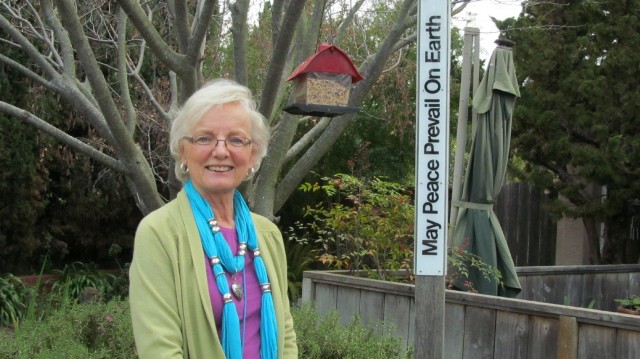
Editor's Note: Many people hope to die surrounded by friends and family. But for prison inmates death can be unusually isolating. As part of our ongoing health series called Vital Signs, we hear from retired hospice chaplain Lorie Adoff. More than a decade ago, she helped launch a project called Supportive Care Services at the California Men’s Colony -- a prison in San Luis Obispo. The program trained inmates serving life sentences to sit with other men dying behind bars.
By Lorie Adoff
First of all imagine, it's very, very stark. There is nothing pretty about a hospital in prison. Nothing.
They have the opportunity to have family come and visit them on a limited basis. A lot of times because they've been there so long though, they don't have anybody who it matters whether or not they die in prison. They've been in prison for 30 years or 40 years and who cares? So, dying alone is a very, very real situation in prison.
Before Supportive Care Services, there really wasn't anything in place to be with the dying inmates. Patients who were dying in the hospital would be put in a room. A nurse would check on him periodically, until he died.
All the men I had work [as hospice volunteers] in the program were lifers. That is they had committed a murder or were accessories to it, and they were given a life sentence.